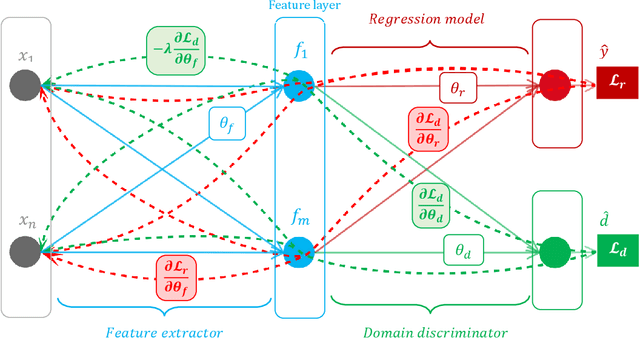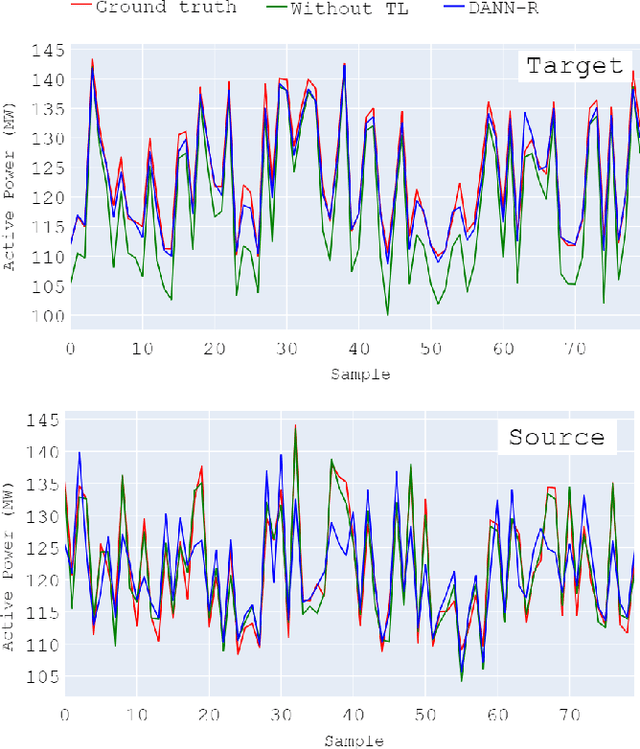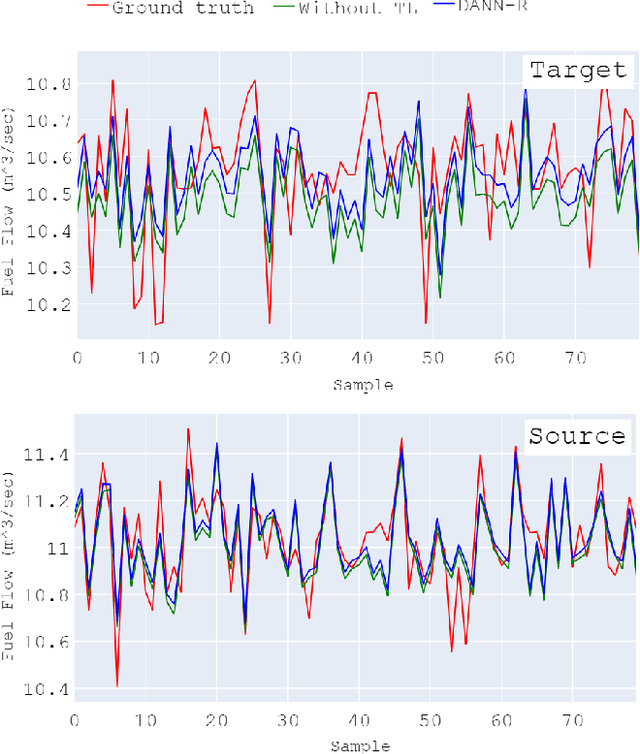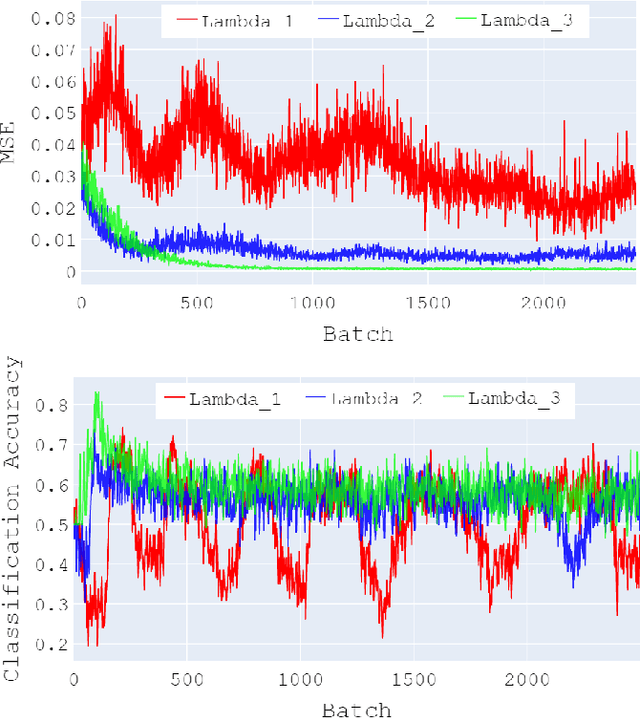Alireza Fatehi
A Novel Method For Designing Transferable Soft Sensors And Its Application
Aug 05, 2020



Abstract:In this paper, a new approach is proposed for designing transferable soft sensors. Soft sensing is one of the significant applications of data-driven methods in the condition monitoring of plants. While hard sensors can be easily used in various plants, soft sensors are confined to the specific plant they are designed for and cannot be used in a new plant or even used in some new working conditions in the same plant. In this paper, a solution is proposed for this underlying obstacle in data-driven condition monitoring systems. Data-driven methods suffer from the fact that the distribution of the data by which the models are constructed may not be the same as the distribution of the data to which the model will be applied. This ultimately leads to the decline of models accuracy. We proposed a new transfer learning (TL) based regression method, called Domain Adversarial Neural Network Regression (DANN-R), and employed it for designing transferable soft sensors. We used data collected from the SCADA system of an industrial power plant to comprehensively investigate the functionality of the proposed method. The result reveals that the proposed transferable soft sensor can successfully adapt to new plants and new working conditions.
Between-Domain Instance Transition Via the Process of Gibbs Sampling in RBM
Jun 25, 2020



Abstract:In this paper, we present a new idea for Transfer Learning (TL) based on Gibbs Sampling. Gibbs sampling is an algorithm in which instances are likely to transfer to a new state with a higher possibility with respect to a probability distribution. We find that such an algorithm can be employed to transfer instances between domains. Restricted Boltzmann Machine (RBM) is an energy based model that is very feasible for being trained to represent a data distribution and also for performing Gibbs sampling. We used RBM to capture data distribution of the source domain and use it in order to cast target instances into new data with a distribution similar to the distribution of source data. Using datasets that are commonly used for evaluation of TL methods, we show that our method can successfully enhance target classification by a considerable ratio. Additionally, the proposed method has the advantage over common DA methods that it needs no target data during the process of training of models.
 Add to Chrome
Add to Chrome Add to Firefox
Add to Firefox Add to Edge
Add to Edge